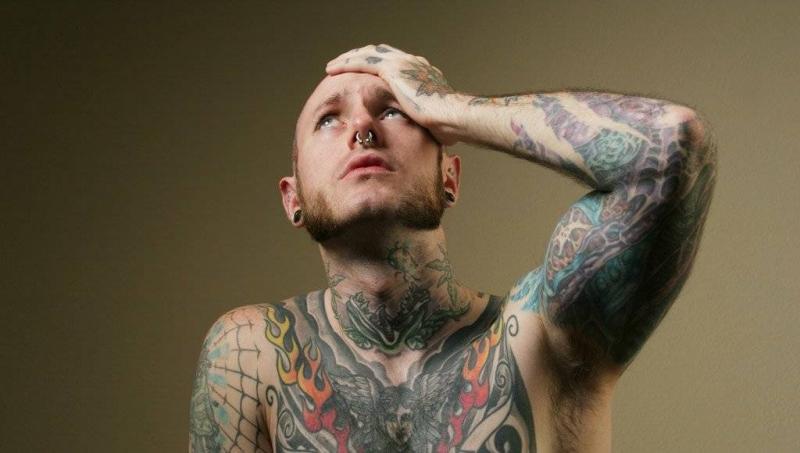Many industries expose their workers to chronic neck and back pain due to work methods, strain, or the repetitive movements required for their jobs. Some of the most obvious examples include construction workers, factory employees, taxi drivers, and dentists. Now, a new study has added tattoo artists to this list.
The study found that tattoo artists are particularly prone to chronic physical injuries because they spend long hours practicing their craft in physically taxing positions without the ability to sit comfortably or access other guarantees or means of comfort. In the first study of its kind, two researchers from Ohio State University contacted ten tattoo artists in Central Ohio and obtained their permission to provide them with electrodes to measure their muscle exertion while working. They discovered that all participants exceeded the recommended maximum exertion levels to avoid injury, especially in the back and upper neck muscles.
Co-author Dana Keister stated that the findings were not surprising, as tattoo artists typically work on low, hard stools and must lean over their clients while keeping their necks raised to closely monitor the tattoos they are meticulously creating. Keister referenced Norman Rockwell's famous painting "The Tattoo Artist" as an ideal depiction of their work posture, adding that they often maintain this position for up to eight hours at a time with few breaks, affirming that this is a typical posture for chronic neck and back injuries.
Keister and her colleague Caroline Sumrith found that the trapezius muscles, which connect the shoulder blades on either side of the neck, were especially susceptible to injury. They noted that some tattoo artists who worked for only three hours—not eight—had already exceeded the recommended exertion limits by as much as 25%, undeniably putting them at an unusual risk of injury.
It is worth noting that what does not help solve the problem is that the tattoo industry, which earned around $2.3 billion in 2013, is completely unregulated. Almost all tattoo artists work in small shops as independent artists, and many do not have basic health insurance, let alone compensation for lost work and income due to workplace injuries. Furthermore, unlike dentists and dental hygienists who may suffer similar injuries, there is no national organization to establish basic ergonomic guidelines in the tattoo industry.




